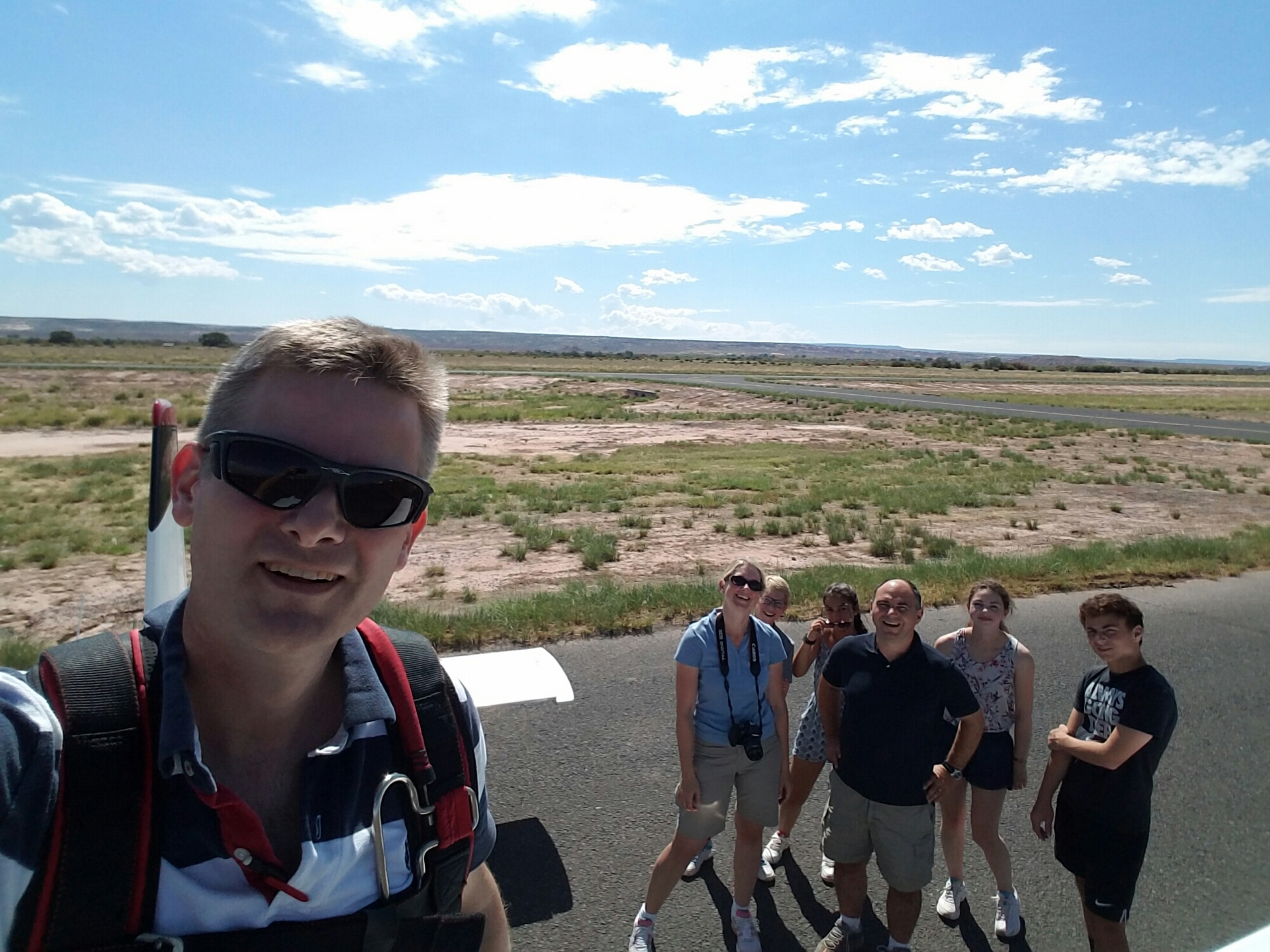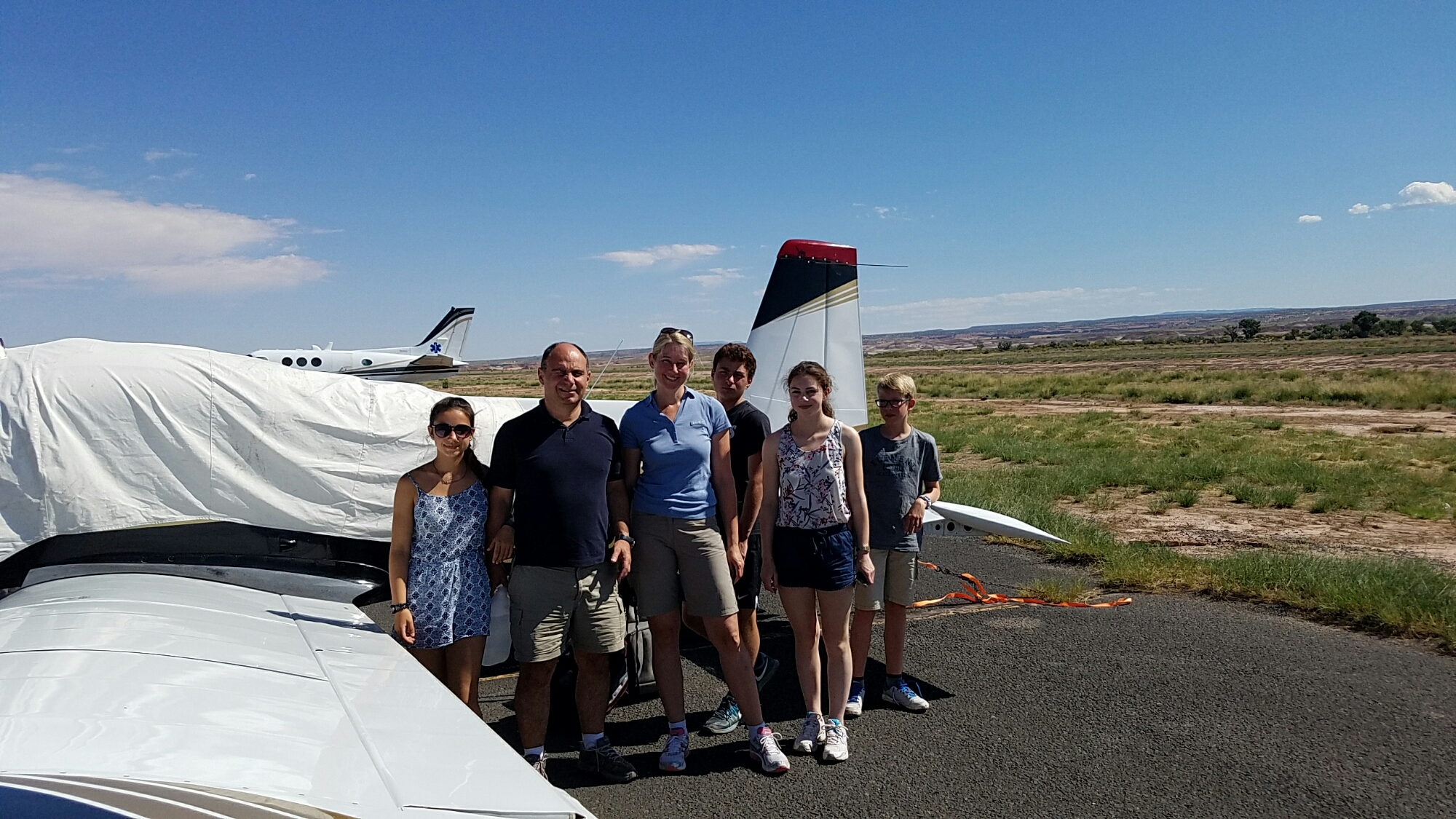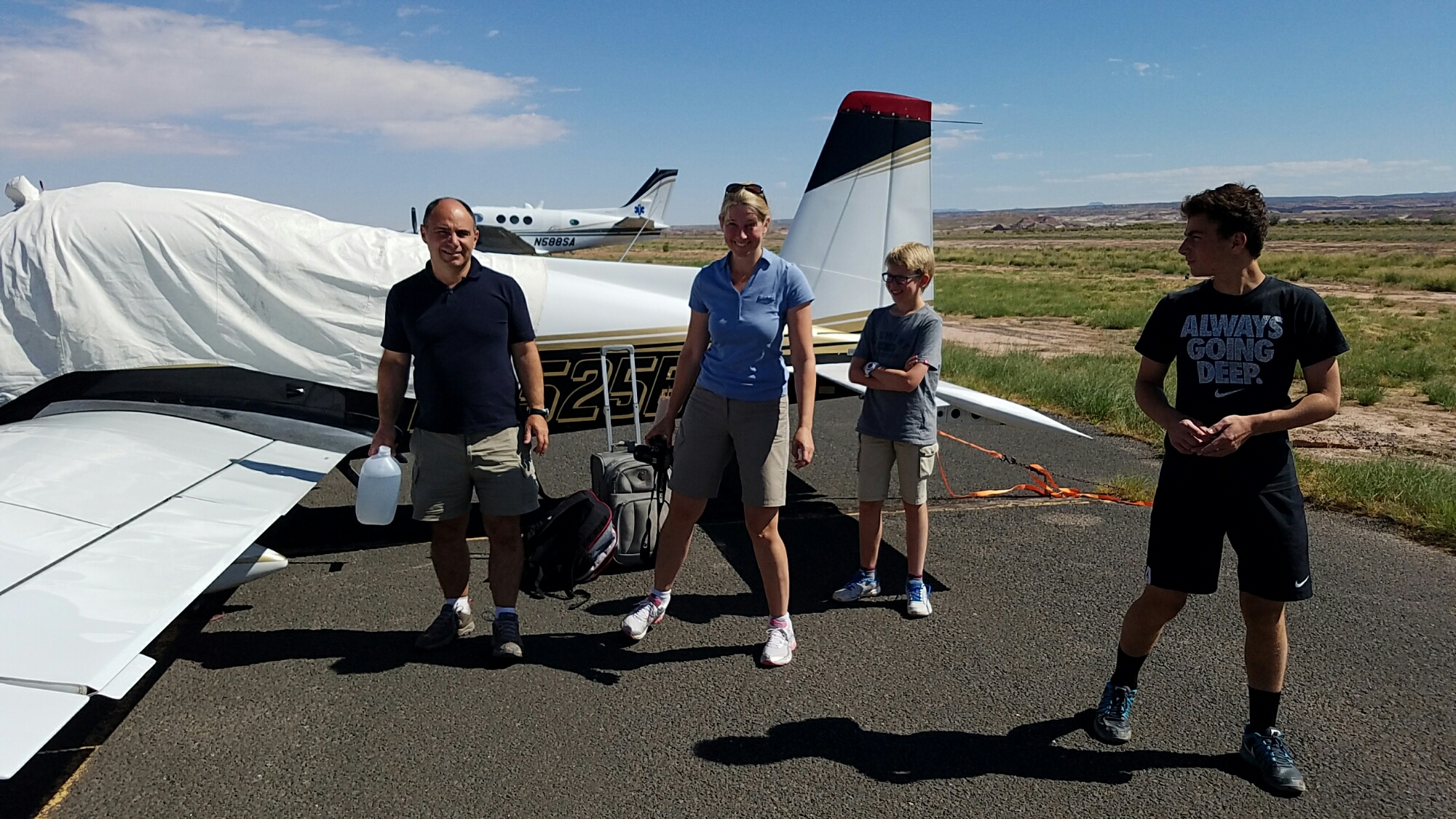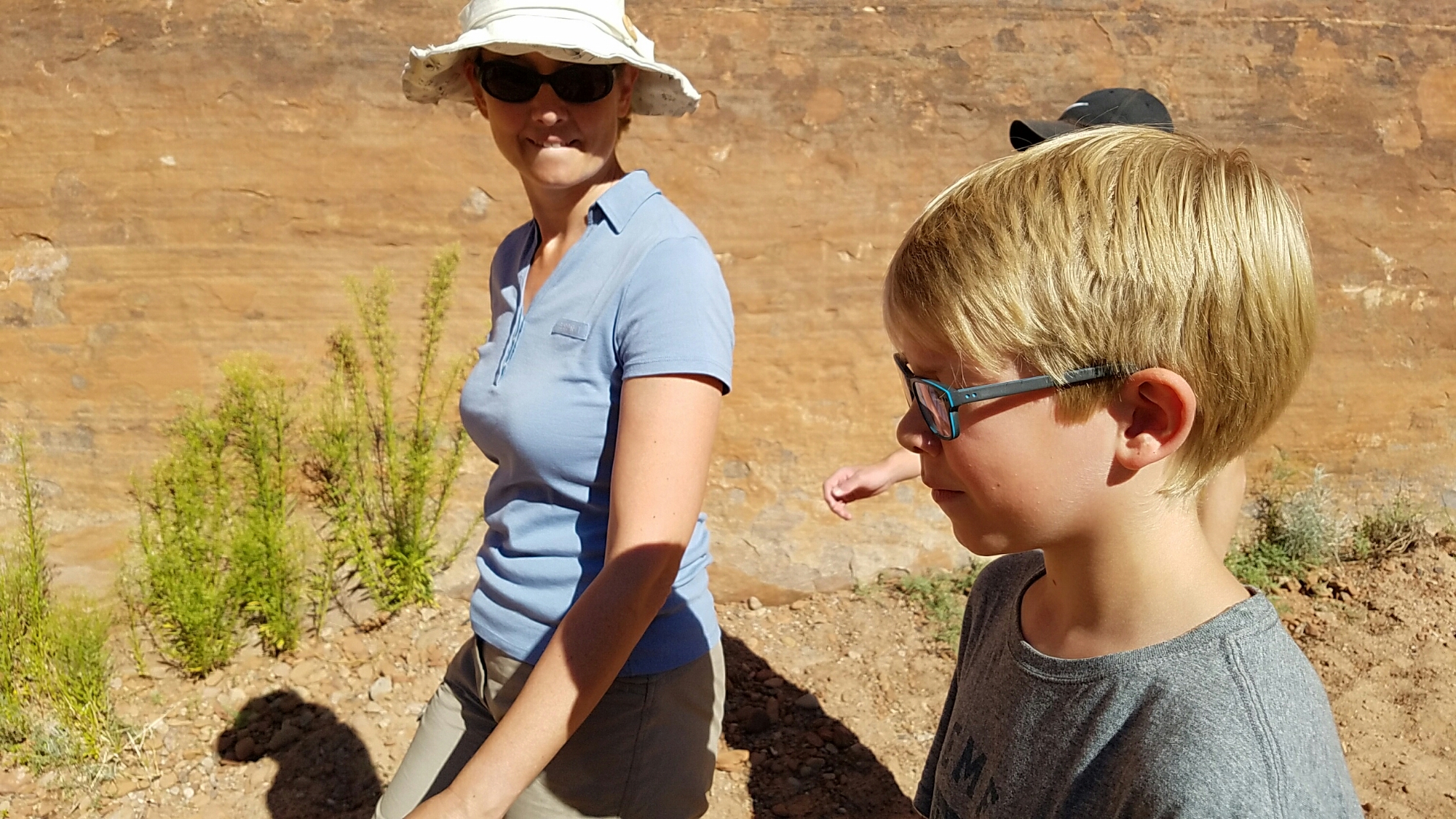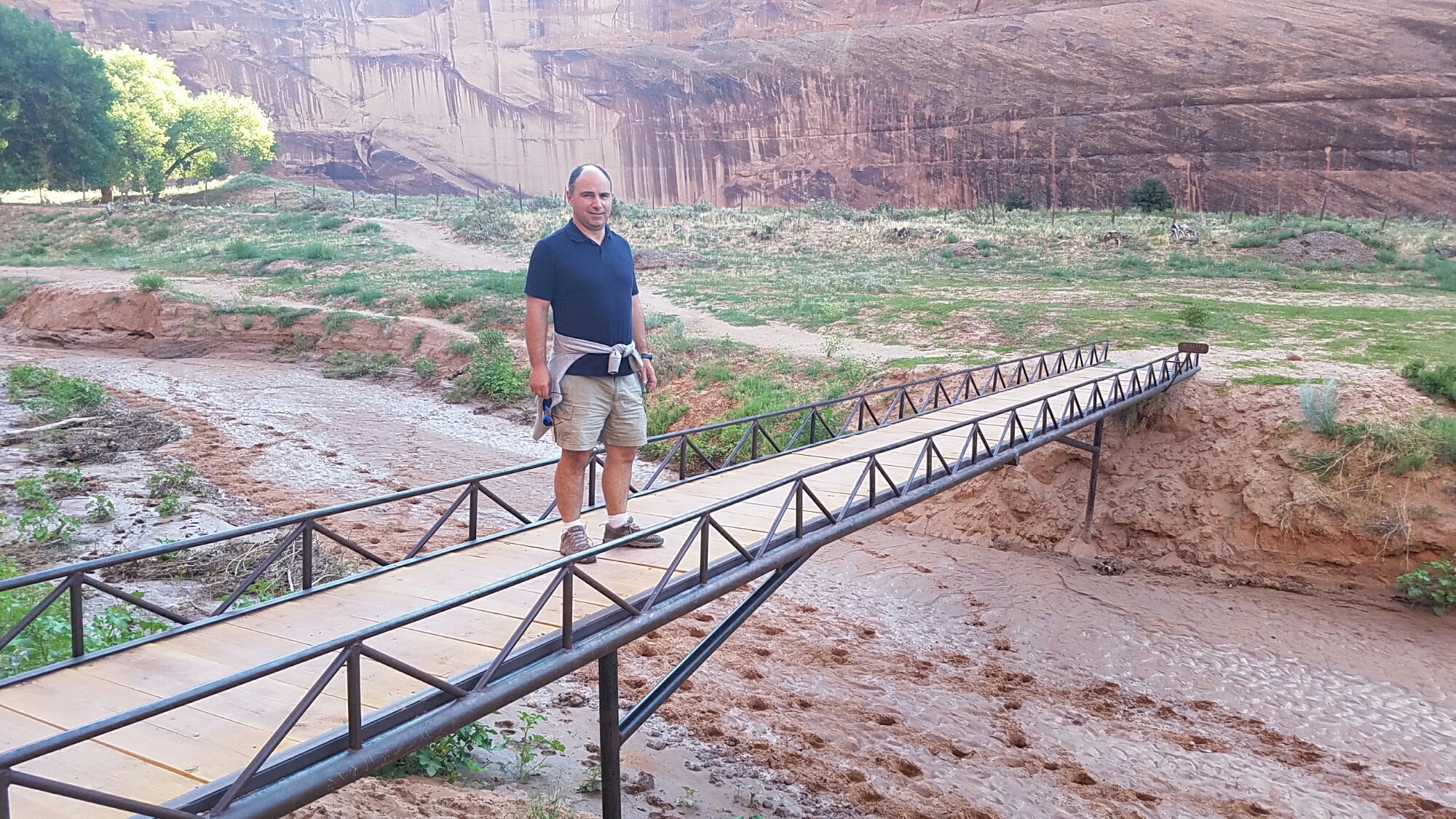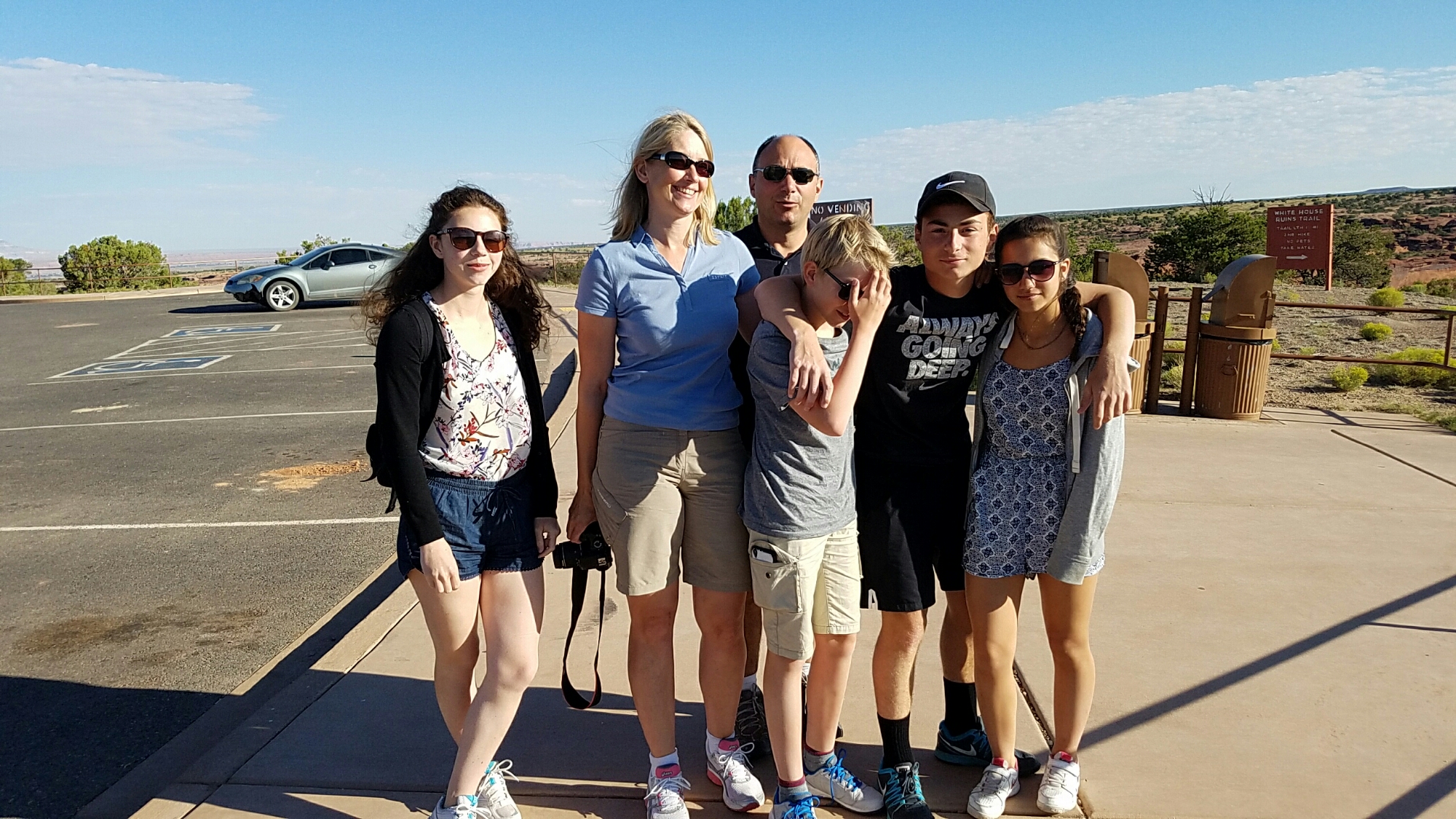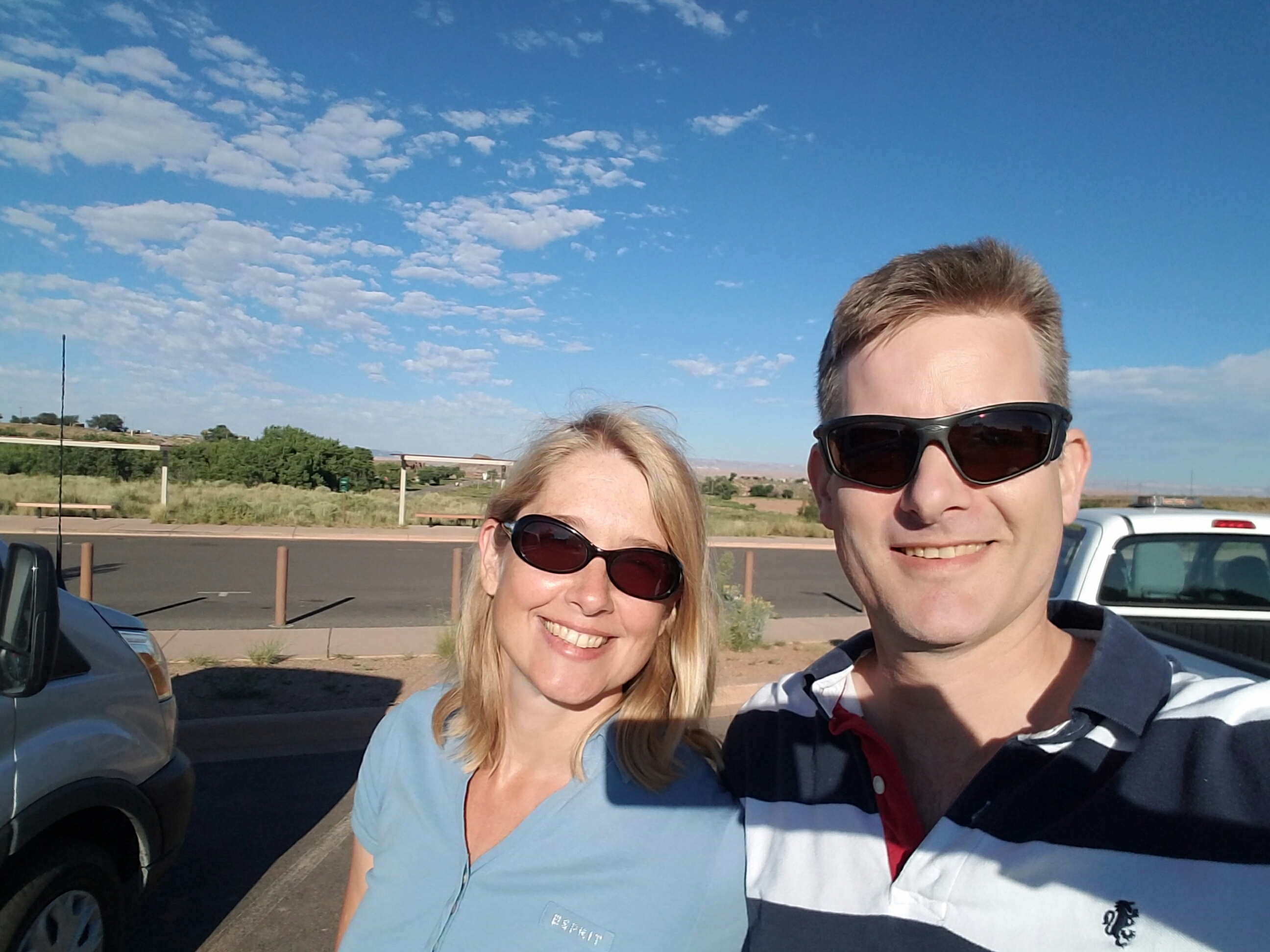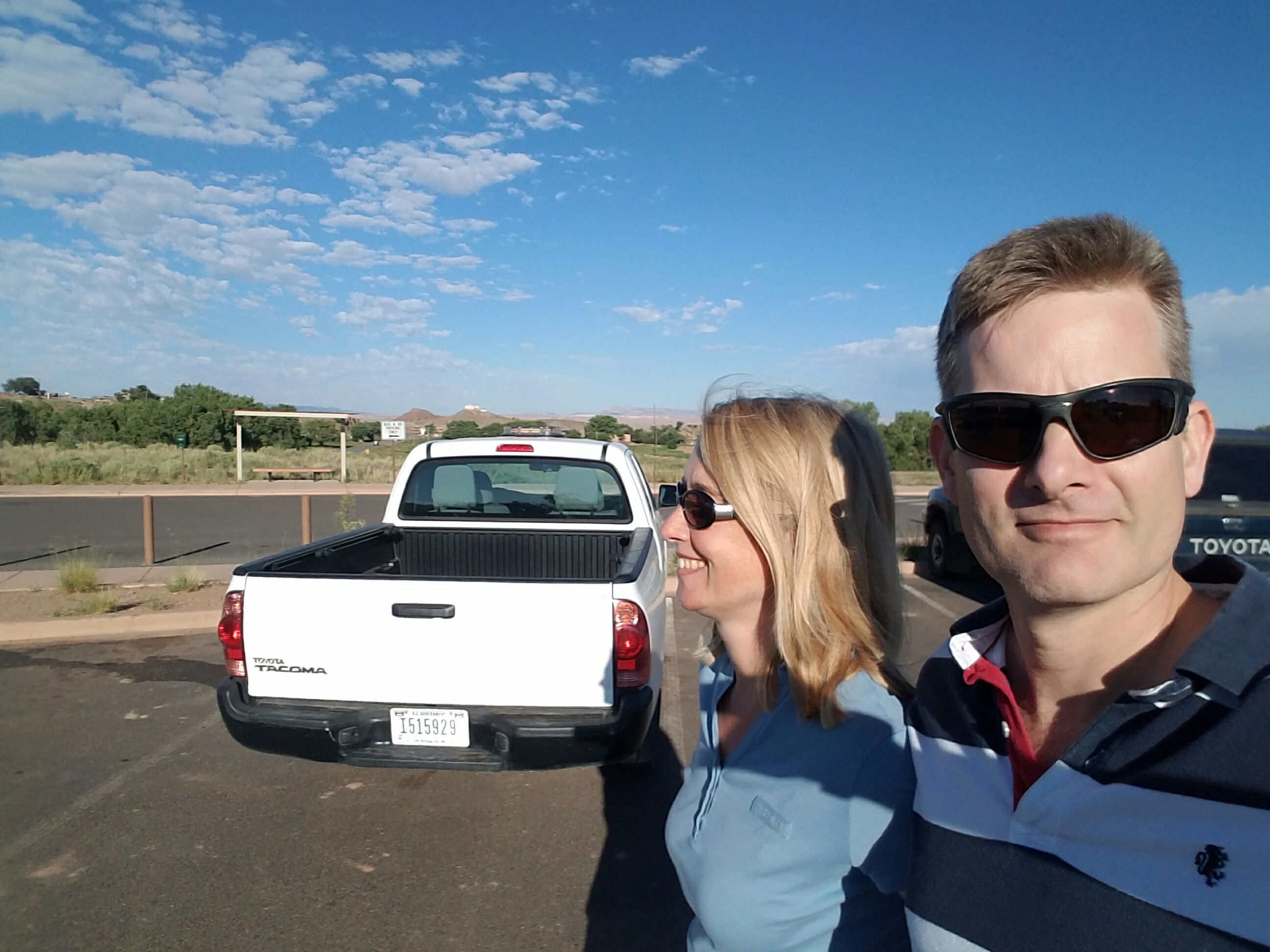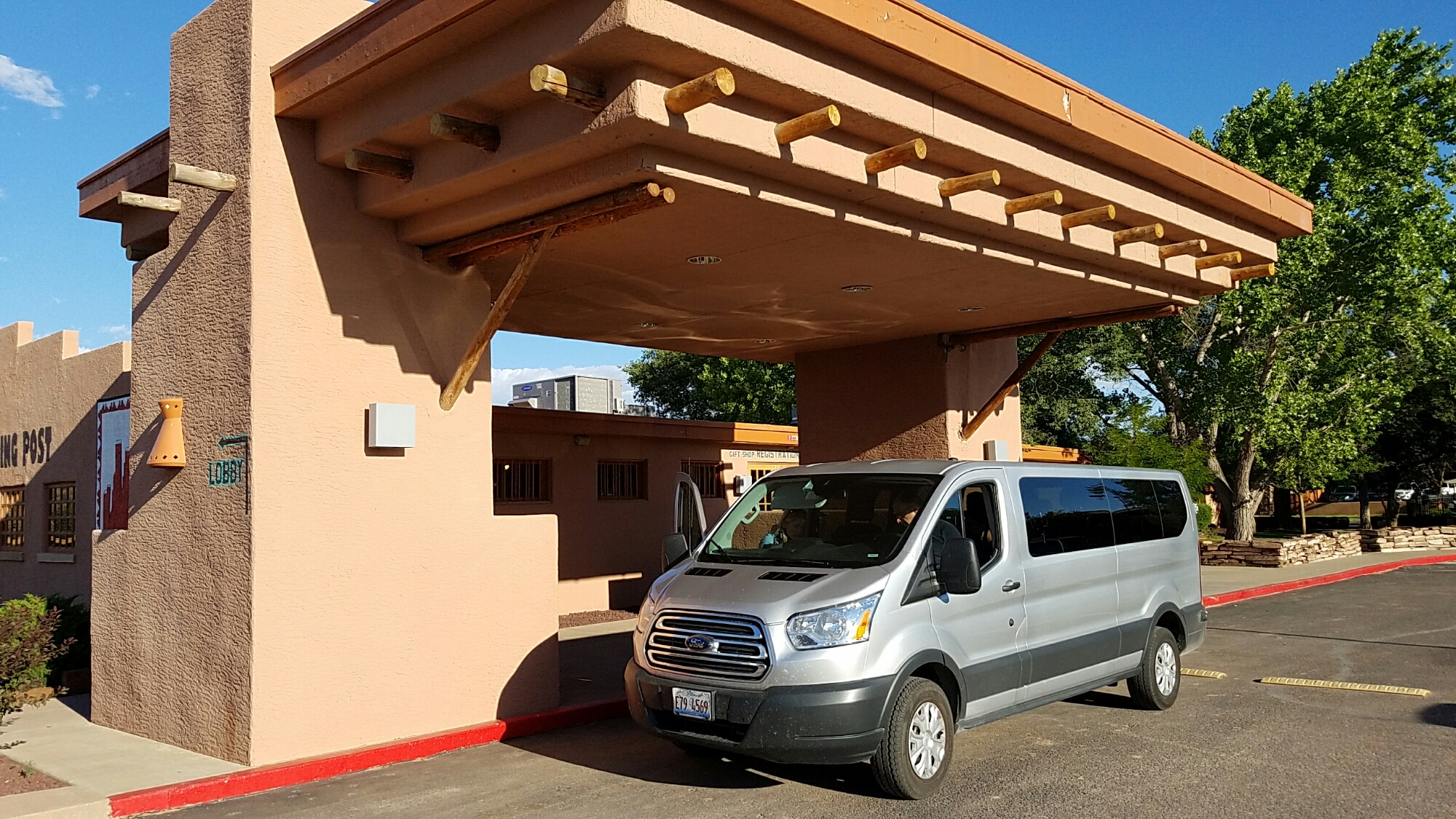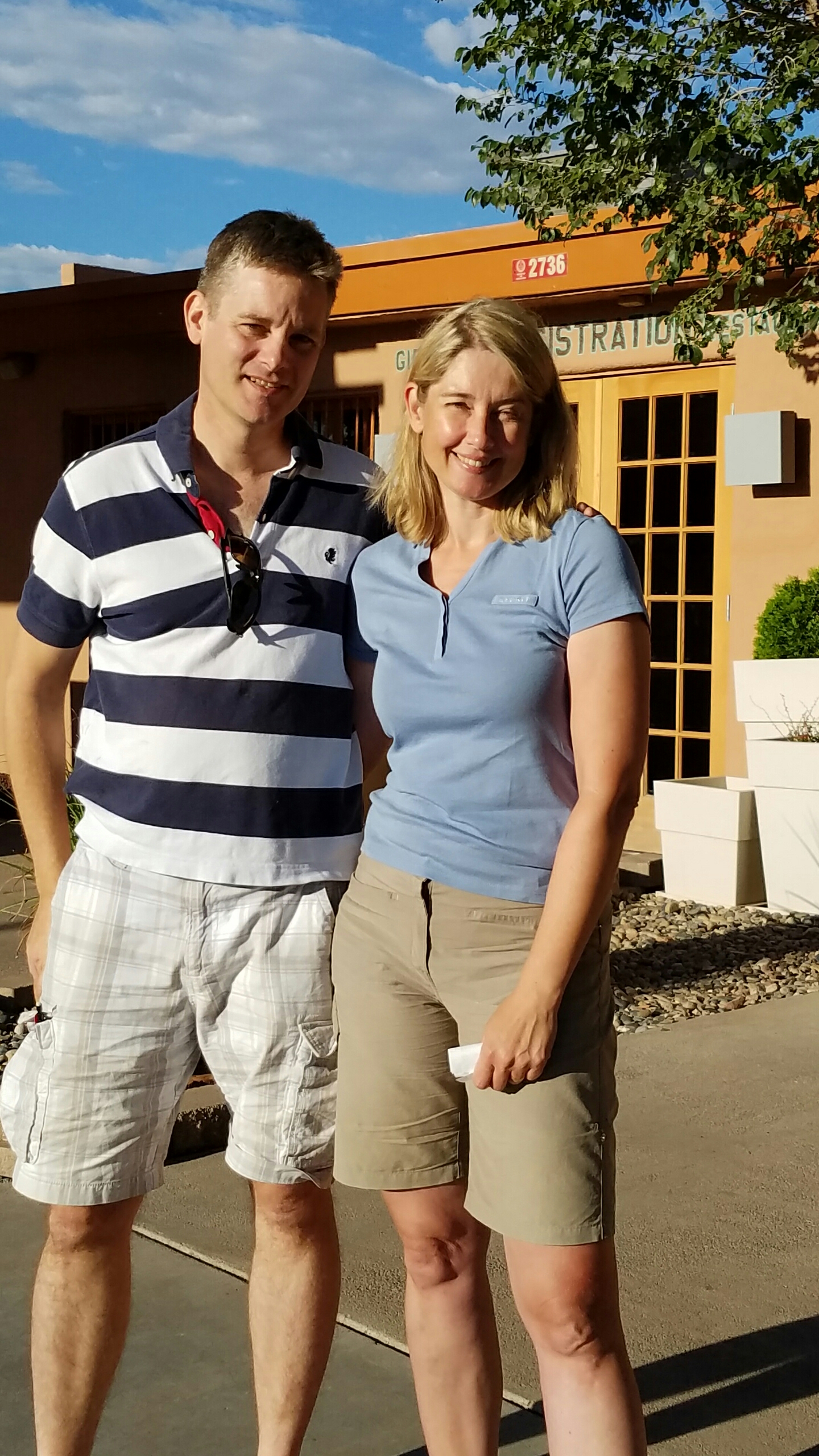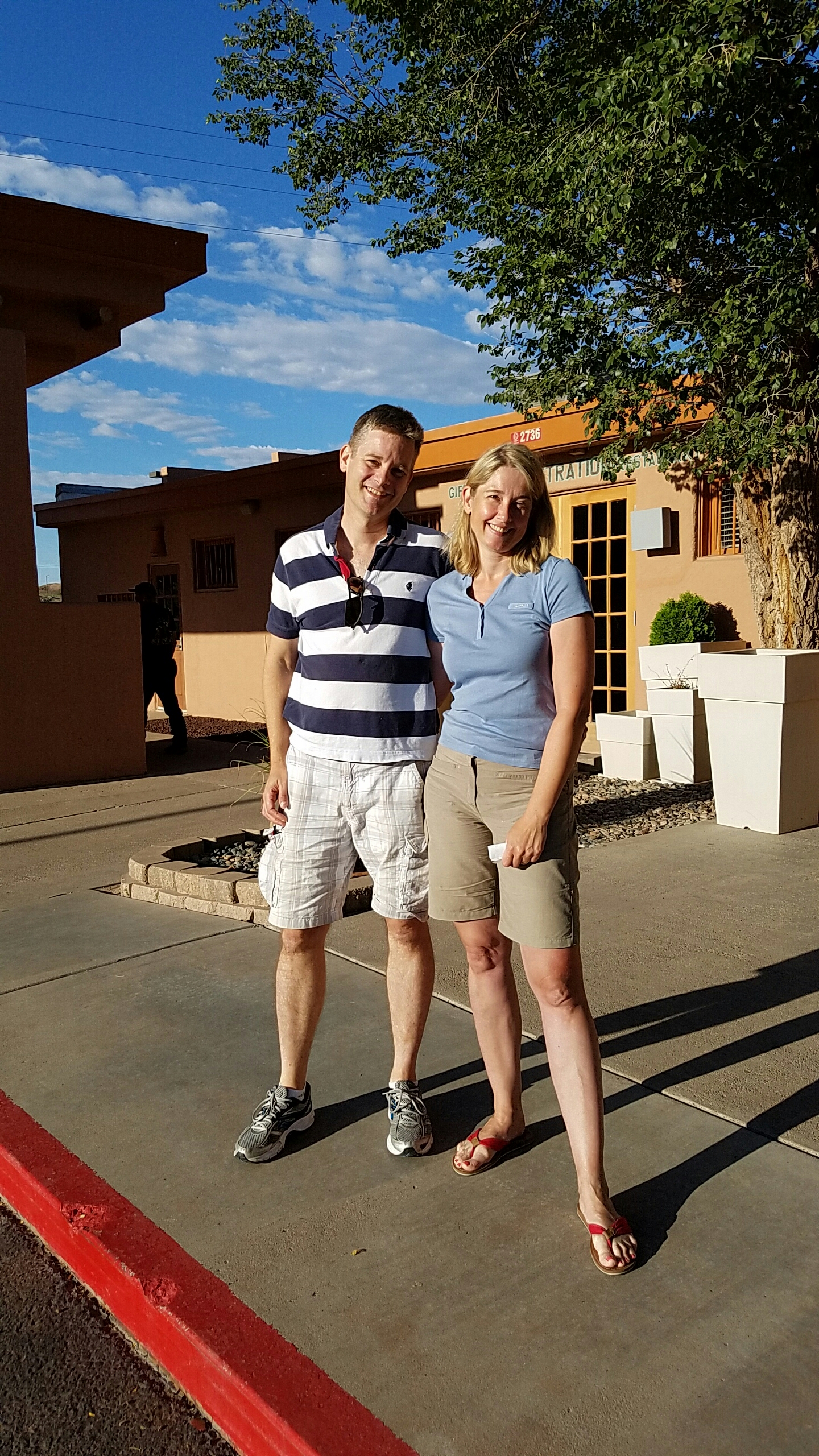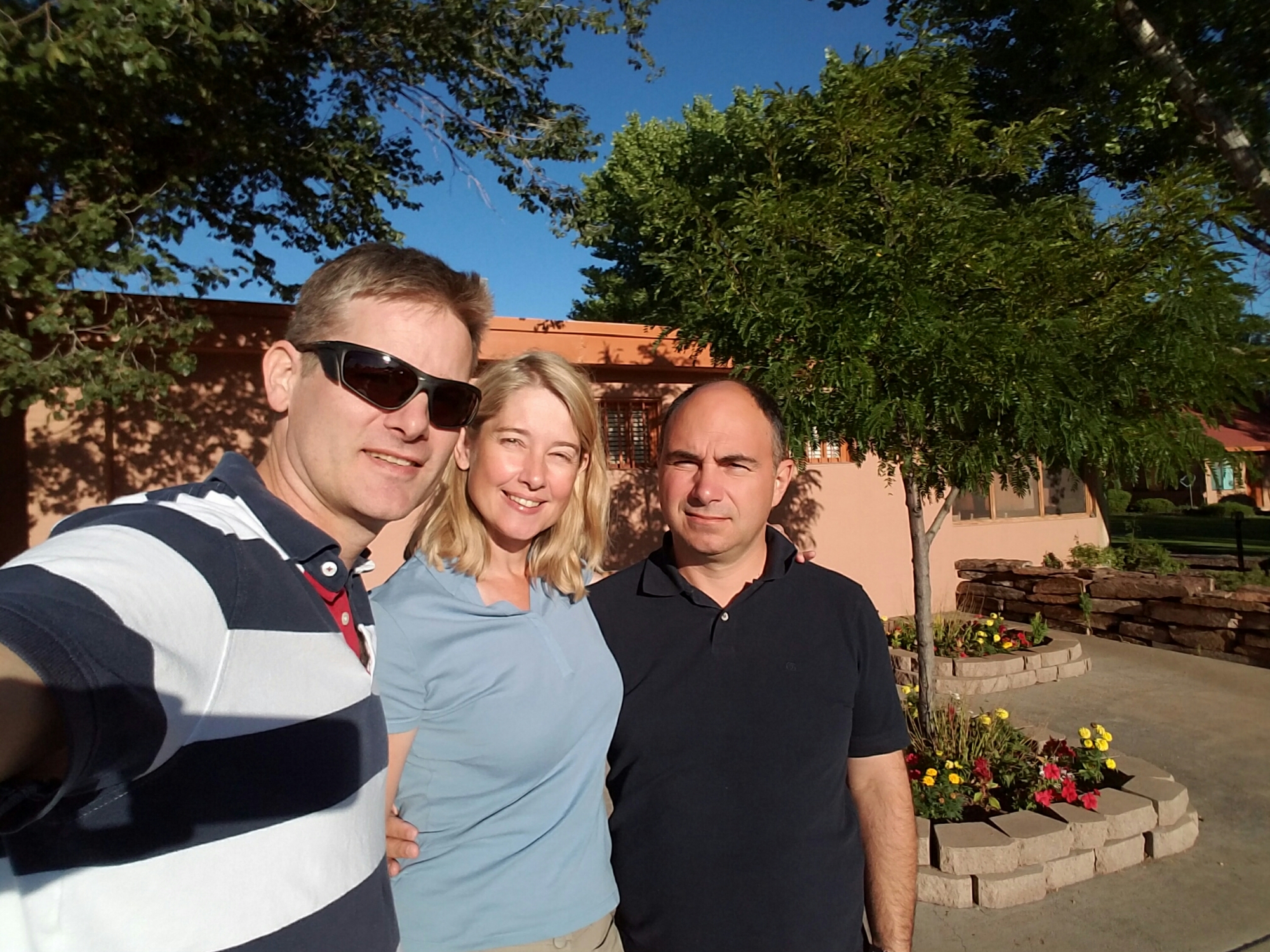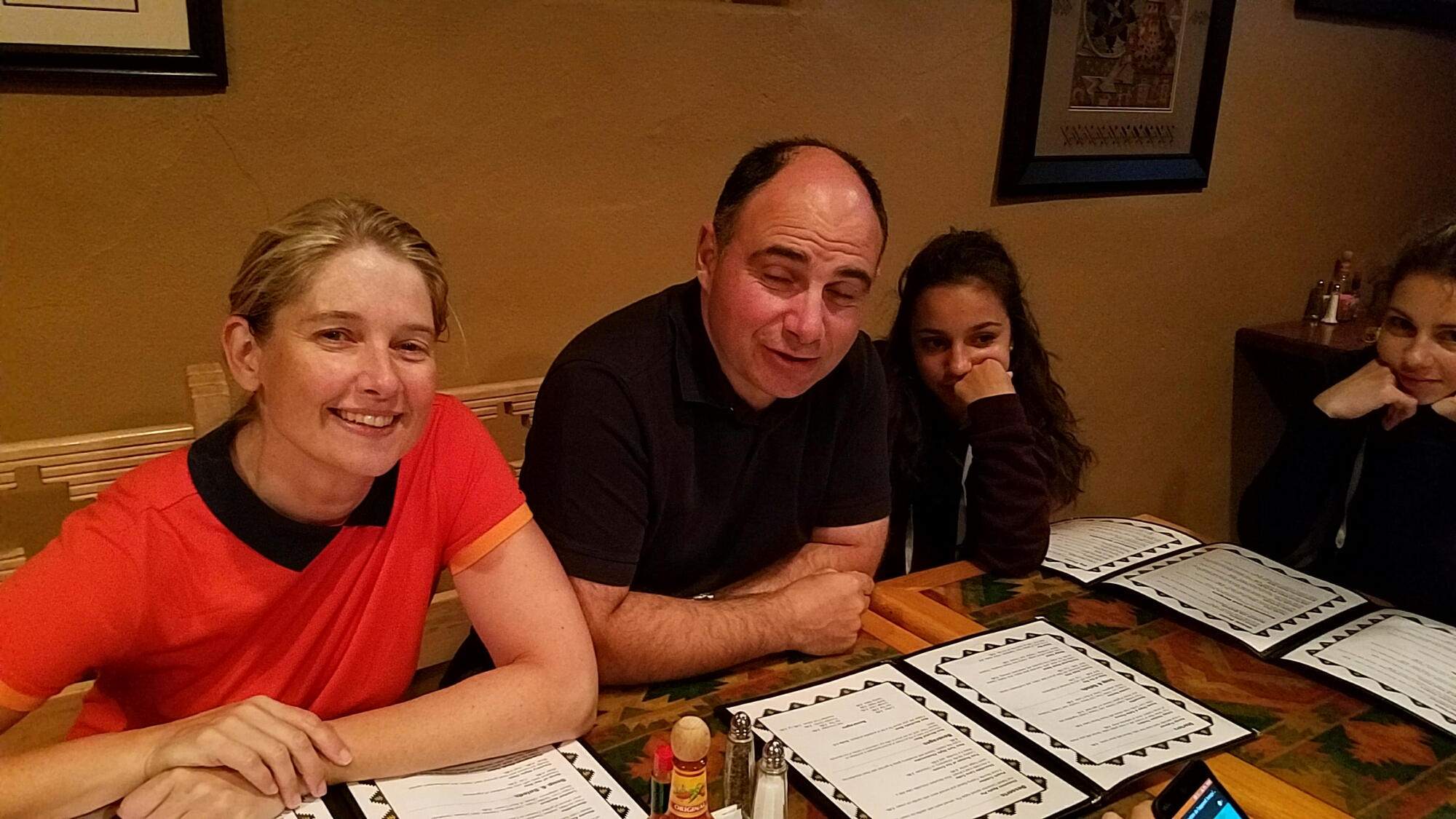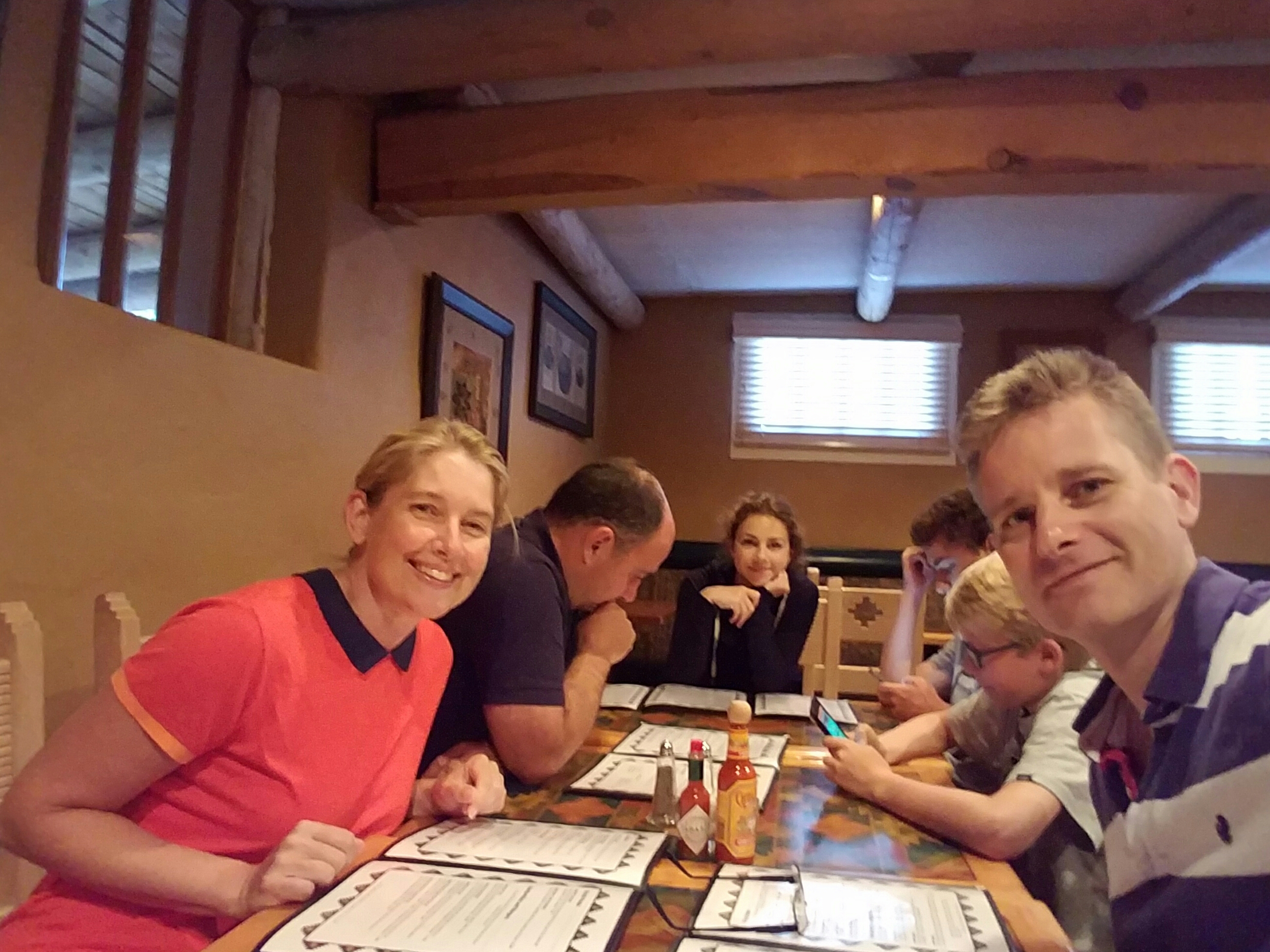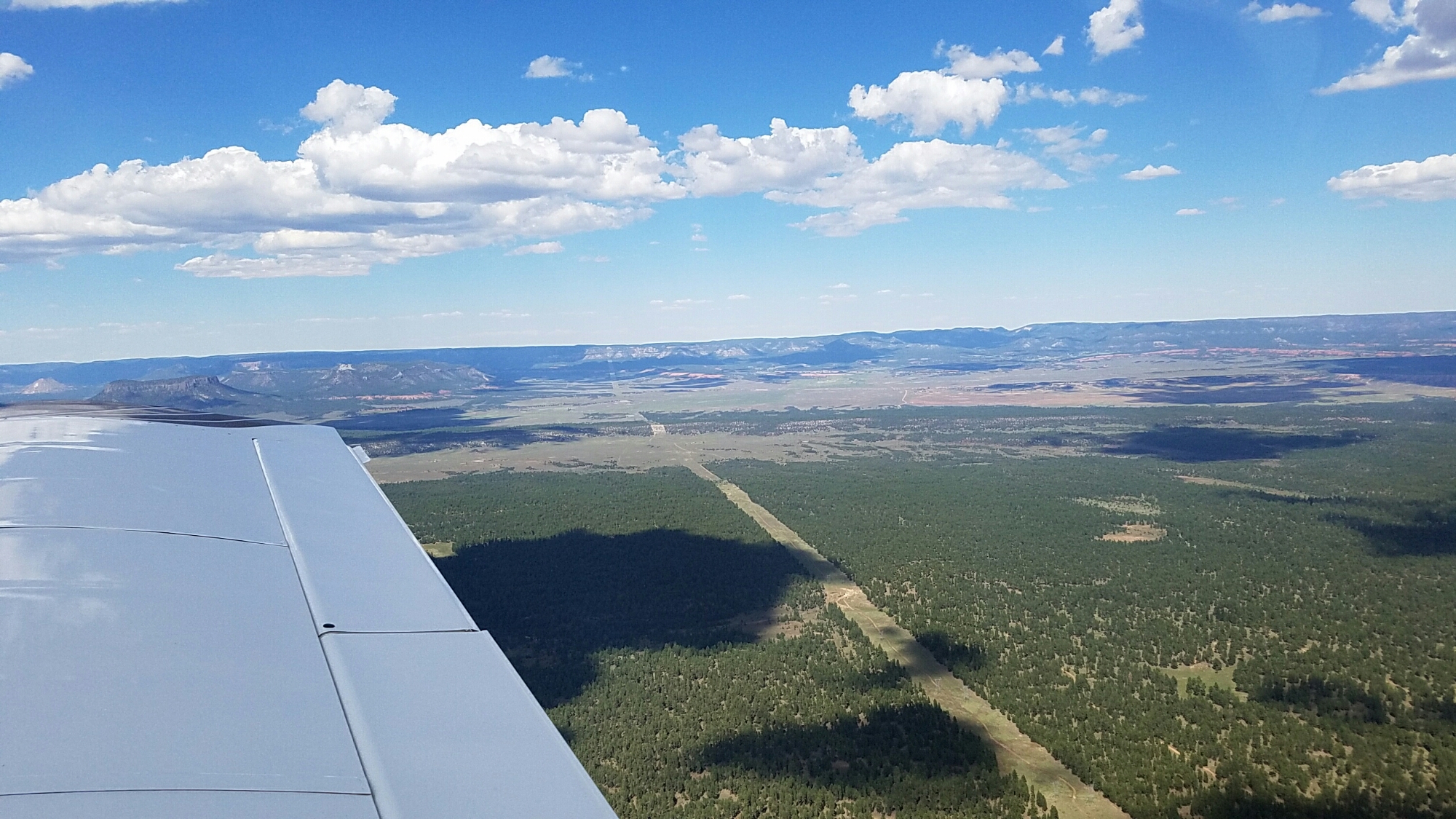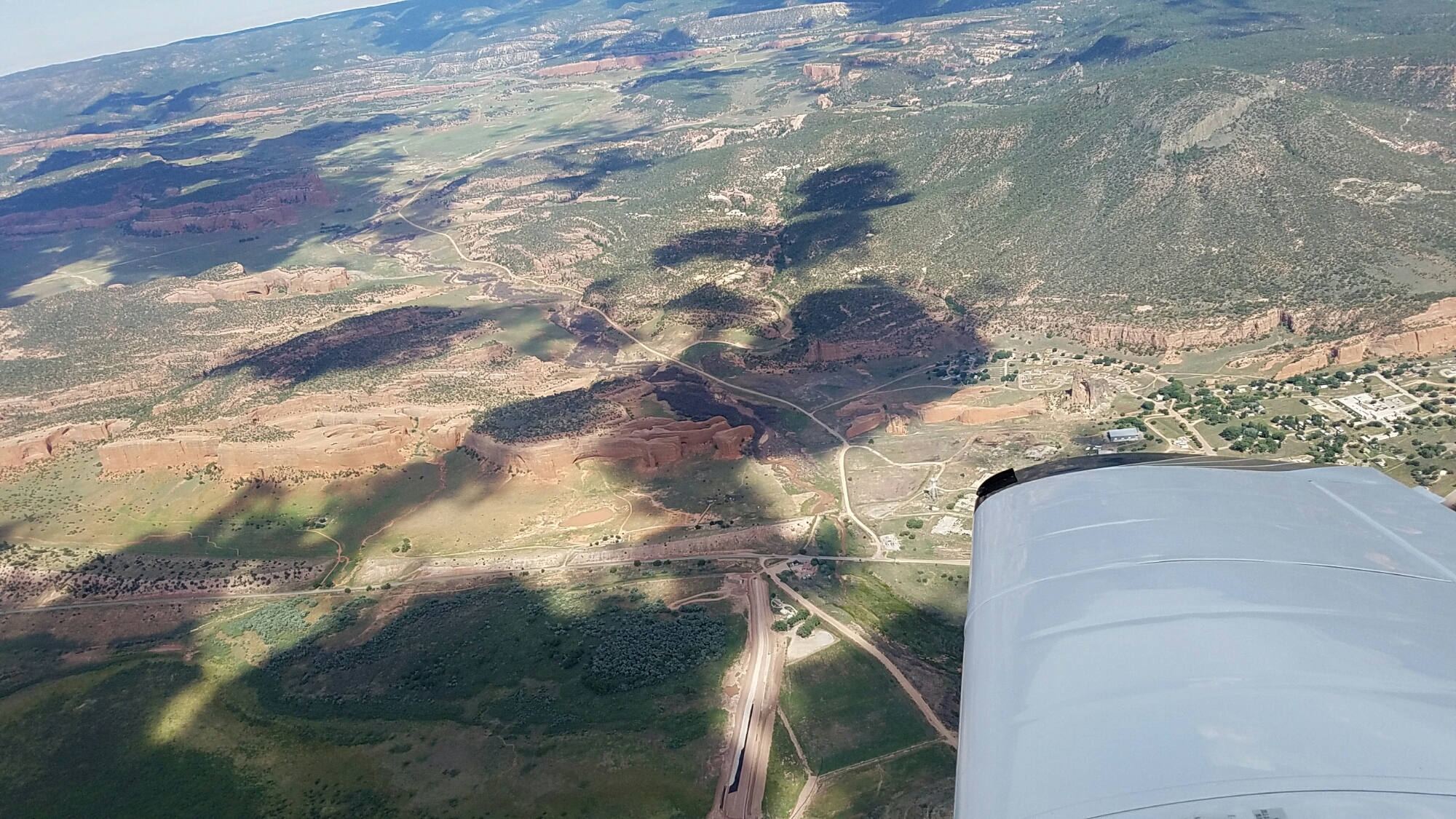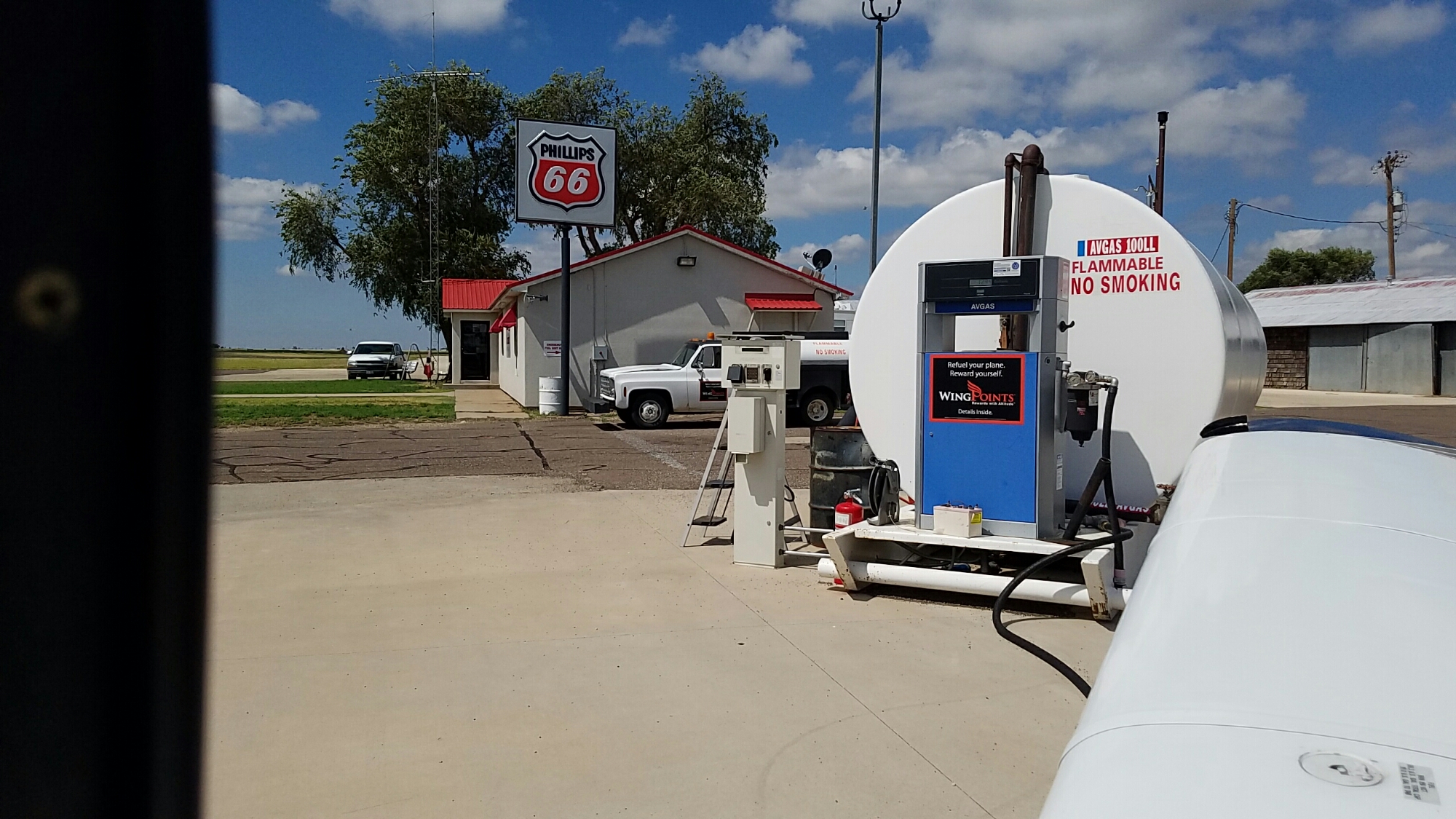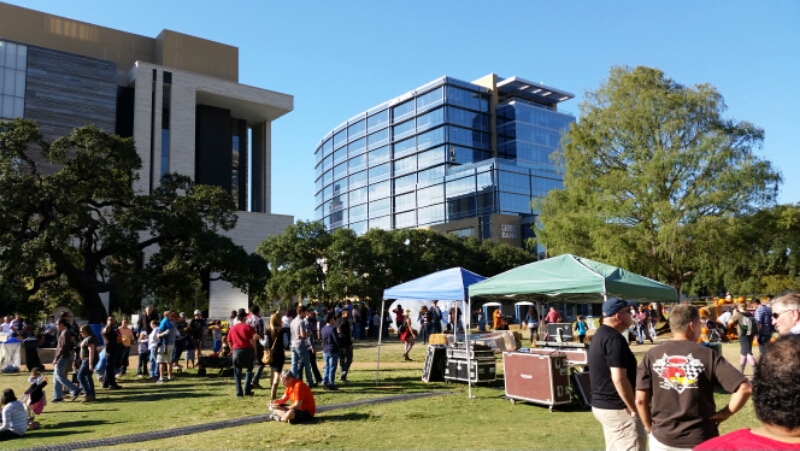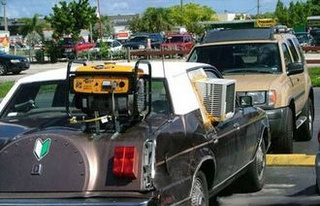Remarks by the President at Applied Materials, Inc. – Austin, TX
Austin, Texas
4:57 P.M. CDT
THE PRESIDENT: Hello, Austin! How you doing? (Applause.) Well, it is wonderful to see all of you here today. First of all, give Nicole an outstanding round of applause for the great job that she did. (Applause.)
It is wonderful to be here at Applied Materials. I want to thank Mike and everybody who helped out hosting us and a wonderful tour of the facility. It was incredible. Rick was showing me some of your “clean rooms” where you are building the equipment that makes the chips that is basically powering everything that you guys are taking pictures with right now. (Laughter.) Smartphones, computers, iPads, laptops. And it is just remarkable to see. Every time I walk through these kinds of facilities I’m thinking, this is just magic. I don’t know how they do it.
Somebody was explaining to me that — I guess one of the wafers was being cleaned, and he said, this would be the equivalent — it was Alex who told me this — Alex is around here somewhere — the equivalent of if you were mowing the South Lawn but every blade of grass was exactly cut at the same height within a single human hair. That’s how precise things are. That sounds pretty precise to me. And if that’s, by the way, the precision that you operate on, if that’s how you define a clean room, then Sasha and Malia are going to have to step up their game at home. (Laughter.) Because it is not that clean. (Laughter.)
I want to thank your Mayor, Lee Leffingwell, who’s doing a great job. (Applause.) Lee is doing outstanding work every day and helping to bring the Austin community together. Congressman Lloyd Doggett is here. (Applause.) They’ve been great hosts. We actually have a special guest — the Mayor of San Antonio in the house — my friend, Julian Castro is here. (Applause.)
Now, I’ve spent the day in Austin talking with folks about what we can do to reignite the true engine of America’s economic growth — a thriving, rising middle class and a dynamic, cutting-edge economy. That’s our priority. That should be Washington’s top priority. (Applause.) And I see three things that we need to focus on to do it.
Number one, we’ve got to make America a magnet for good jobs. Number two, we’ve got to help people earn the skills they need to do those jobs. Number three, we’ve got to make sure people’s hard work is rewarded so that they can make a decent living doing those jobs.
And if you watch the news, sometimes you may think that there’s just doom and gloom out there. But the truth is there’s incredible stuff going on all across America and right here in Austin that I think can be good models for the rest of America to follow.
This morning I visited Manor New Tech High School, where students are learning high-tech skills that companies like Applied are looking for right now. They are getting excited, working with math and science and technology and engineering. And it’s a hands-on high school where subjects are integrated, and kids are building things and conducting experiments at very early ages. And it’s sparking their imagination in ways that may lead them to start up the next Applied, or come here and work at Applied.
And then I joined a few local families for lunch to talk about how we can make sure that hard work pays off with wages you can live on and raise a family, with health care that you can count on, and the chance to put away some money for retirement. And we also had good barbeque — (laughter) — which is necessary for economic growth. (Laughter.) Some good barbeque once in a while. And then I came to Applied Materials to talk about what we can do to make America a magnet for new jobs in manufacturing.
After shedding jobs for a decade, our manufacturers have added now about 500,000 new manufacturing jobs over the past three years. (Applause.) That’s good news. Caterpillar is bringing jobs back from Japan, and Ford is bringing jobs back from Mexico. And after placing plants in other countries like China, Intel is opening its most advanced plant right here at home. This year, Apple started making Macs in America again. (Applause.)
So there are some good trend lines there, but we’ve got to do everything we can to strengthen that trend. We’ve got to do everything we can to help the kind of high-tech manufacturing that you’re doing right here at Applied. And we want to make sure it takes root here in Austin and all across the country. And that means, first of all, creating more centers of high-tech manufacturing.
Last year, we launched our first manufacturing innovation institute in Youngstown, Ohio, to develop new technologies and equip workers with the skills required to master 3-D printing techniques. And in my State of the Union address, I called on Congress to set up 15 more of these manufacturing hubs all across America, and I said that my administration was going to go ahead and move forward with three new hubs on our own, even without congressional action.
Well, today, we’re launching a competition for those hubs. We are looking for businesses and universities that are willing to partner together to help their region — help turn their region into global centers of high-tech jobs. Because we want the next revolution in manufacturing to be “Made in America.” (Applause.) We’re going to do that.
The truth is, over the past couple decades, too many communities have been hit hard when plants closed down and jobs dried up. The economy obviously is changing all the time. Nobody knows that better than folks here at Applied. I was talking to somebody who’s — after showing me the wafer and some chips, and then they showed me a smartphone, they pointed to the smartphone and they said, 40 years ago, there’d be about $3 billion just trying to get this much computing power in this little thing, except it would fill up a whole room.
And so the economy is dynamic. Technology is constantly changing. That means we’ve got to adapt as well. And even as we’re working to reverse the trend of communities that have been hard hit with old manufacturing leaving, we’ve got to propose partnerships with local leaders in manufacturing communities to help attract new investment in the infrastructure and the research that will attract new jobs and new businesses, so that communities that have been knocked down can get back up and get back on their feet.
And we should help our workers get the training they need to compete for the industries of tomorrow. No job in America should go unfilled just because we don’t have anybody with the right skills. (Applause.) And that’s a priority. Now, some of your colleagues that I met, some of them have advanced degrees. Some of them came to apply basically right out of high school. But all of you, whether it was, in some cases, through a university education, in some cases the military, in some cases just on-the-job training — all of you have specialized skills that are exactly what we need to continue to grow our economy. But we’ve got a whole bunch of folks out there who don’t have those skills, either because the education system failed them or because their skills have been rendered obsolete.
And that’s why I want to rethink how our high school kids are prepared. I want to make sure that we’re training two million Americans at our community colleges for skills that will lead directly to a job. (Applause.) And that’s also why we’ve got to make sure that college is affordable and people aren’t burdened by a mountain of debt so that they can continue to upgrade their skills as well.
Now, if we want to manufacture the best products, we’ve also got to invest in and cultivate the best ideas. Innovation, ingenuity — that’s the constant of the American economy. That’s one of the constants of our character. It’s what keeps America on the cutting-edge.
And just before I came here, I visited the Capital Factory, which, as some of you know, is a place that helps start-ups take off. And everywhere you turn, somebody has got a new idea. They’re all thinking big. They’re taking risks. It’s exciting.
There was a young woman who is in a wheelchair and physically disabled but is just incredibly inspired to make sure that she’s not in any way confined by that situation. And she’s basically designed and is now manufacturing a car that people in wheelchairs can just drive their wheelchair right into the car and start driving.
And then you had a young man who had a 3-D camera — it was about this big — and basically from filming either a static image or in the round, can basically download that immediately and create a 3-D image, and then use that for 3-D manufacturing — 3-D printing and manufacturing. And what currently costs about $80,000 costs about $3,000 — the technology that he’s developed. So they’re doing amazing stuff.
And one of the things we’re doing to fuel more inventiveness like this, to fuel more private sector innovation and discovery, is to make the vast amounts of America’s data open and easy to access for the first time in history. So talented entrepreneurs are doing some pretty amazing things with data that’s already being collected by government.
So over at the Capital Factory, I met with folks behind the start-up called StormPulse, which uses government data on weather to help businesses anticipate disruptions in service. And then you’ve got a Virginia company called OPower that’s used government data on trends in energy use to save its customers $200 million on their energy bills. There’s an app called iTriage, founded by a pair of ER doctors that uses data from the Department of Health and Human Services to help users understand medical symptoms and find local doctors and health care providers.
And today I’m announcing that we’re making even more government data available, and we’re making it easier for people to find and to use. And that’s going to help launch more start-ups. It’s going to help launch more businesses. Some of them undoubtedly will be using this data powered by chips that essentially started right here at Applied Materials. (Applause.)
It’s going to help more entrepreneurs come up with products and services that we haven’t even imagined yet.
This kind of innovation and ingenuity has the potential to transform the way we do almost everything. One-third of jobs in Austin are now supported by the tech sector. And we should do all we can to encourage this kind of innovation economy all across America, in ways that produce new jobs and new opportunities for the middle class.
And we’re poised for a time of progress — if we’re willing to seize it. Not even five years after the worst economic crisis in our lifetimes, our jobs market, our housing market are steadily healing. Our deficits are falling at the fastest rate in decades. The American auto industry has made a comeback. It’s thriving. American energy is booming. But we’ve got to keep moving forward, and we’ve got to make sure that Washington is not administering self-inflicted wounds when we’re making progress.
So Mike and I were talking about the fact that if we can reform our tax system to eliminate some of these loopholes potentially we could lower some rates. That would make our businesses more competitive.
Basic research, you’ll hear people talk about how government is not going to do anything for us. Well, we all understand that the private sector powers and drives our economy. On the other hand, most of the private sector right now has a lot of trouble financing basic research. And that basic research is the foundation for everything that’s done at this company, and everything that’s done for most of your customers. And we can’t afford to fall behind when it comes to basic research. So there’s some key things that we can do that shouldn’t be ideological. They’re not Democratic ideas or Republican ideas or independent ideas. They’re just good ideas that allow the government to help create the foundation, the platform, the environment in which companies like Applied Materials can thrive. And that’s what we’ve got to constantly champion.
And when you’re talking to your members of Congress or you’re talking to elected officials, you’ve got to remind them we don’t want government to do everything for us, but it’s got a role to play on infrastructure, basic research — making sure that we’ve got a tax system that’s fair, making sure that we’ve got some basic stability in our budget so people aren’t always guessing what’s going to happen around the corner.
Think about how this company was built. Back in 1967, when Applied Materials was just getting off the ground, there were five employees. They worked out of this small industrial unit in California. And I suppose they had a “clean room” in there, but I don’t know what it looked like. (Laughter.) But what they lacked in size, they made up with ingenuity and imagination and risk-taking. And over the years, as you grew to become a leader in high-tech manufacturing, that ingenuity never faltered. Whether you’ve been with this company for decades — as I know some of you have — or just for a year, you’re all focused on the future. Every day you’re pushing the limits of technology a little bit further.
And you’re not alone, because somewhere over at the Capital Factory, there’s an entrepreneur mapping out a new product on a whiteboard that may be the next big thing. Somewhere over at Manor New Tech High School, there’s a kid scribbling down an idea for a new invention that one day may turn into an entirely new industry. That’s America.
And when you look out across this room, what you also notice is there’s talent drawn from every segment of our society. We don’t care what you look like, where you come from, what your last name is. We just want to make sure we’re all working together to create a better future for our kids.
That’s America. We innovate. We adapt. We move forward. That’s what Austin is all about. That’s what’s going on in this city. (Applause.) And that’s what I want to keep on promoting as your President of the United States of America.
Thank you, everybody. God bless you. God bless America.
END 5:15 P.M. CDT






